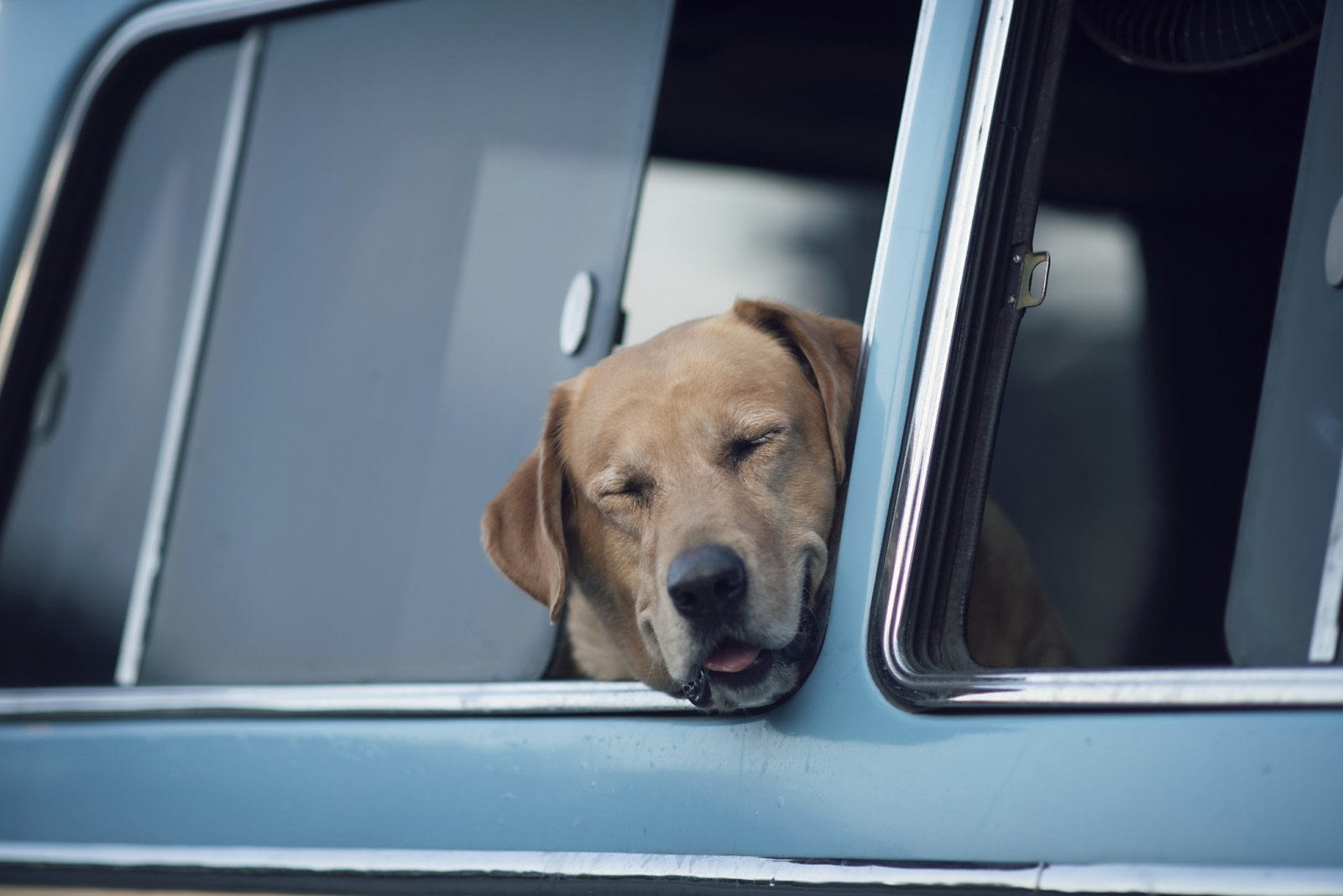

Car rides: For safety reasons, small dogs and cats shouldn’t roam the car. Rather, they should be be in crates or carriers. But before you do that, give them the opportunity to stretch their legs. “The most important thing you can do is make sure your dog has been well exercised before he goes in the crate,” says TV personality and dog expert Cesar Millan. “If he’s burned off his excess energy, he’ll be more inclined to rest.” Millan also recommends making the crate as cozy as possible for the animal. This can mean traveling with toys, padding the crate with their favorite blanket and bringing plenty of treats. Finally, make sure to take regular breaks. It will give your pet a chance to get some fresh air and relieve themselves.
Of course, it’s also important to make sure your pet remains safe while you’re on the road. Check out these tips for keeping pets safe in cars.
If you have auto insurance with ERIE, you’ll be happy to know that it includes coverage for cats and dogs that are injured in a car accident. When there is a covered loss, your auto policy covers dogs and/or cats owned by you or a relative that are injured in your vehicle in the covered accident. ERIE will pay a maximum amount of $1,000, with a $500 limit for each pet, for reasonable and necessary veterinary medical care. And while nothing can truly replace a beloved pet, if injuries result in the death of your dog or cat, ERIE will pay up to $500 for the loss of your pet, even if you do not actually get a new pet. Payment is based on the cost of a similar dog or cat and includes the cost of a first wellness visit and the cost to spay or neuter, but is reduced by any payments made for veterinary treatment for the pet prior to its death. Payment for the death of multiple pets is also subject to the $1,000 limit per accident. (This coverage is not available with North Carolina policies.) To learn more about auto coverage from ERIE and how it can help protect your pet, contact an Erie Insurance agent in your community.
Hotels: Just like any other public place you take your pet, you need to be sure the hotel you’re staying at is pet friendly. Before you check in, take your dog on a long walk to let him burn off some energy after a long trip. For cats, make sure you have some sort of travel kitty litter and pan that you can bring into the room.
Airplanes: For a variety of reasons, the Humane Society recommends that you transport your cat or dog by plane only when absolutely necessary. If you must bring your pet on a plane, be sure to fly with them in the cabin. Because airlines limit how many animals can fly and impose size restrictions, be sure to contact the airline well ahead of time. It’s also important to note that airlines require animals to have certain immunizations, so make sure your pet is up to date and that you have the required documentation with you at the airport.
Buses and trains: Cats and small dogs are allowed on a select number of Amtrak trains; however, they are not allowed on Greyhound-operated busses. Many local bus and train services do allow animals to be carried on—but they are almost always required to be in a carrier. To find one near you, check out this extensive list of pet-friendly transportation options.
Does your pet enjoy the great outdoors? If so, check out the next post on how to help them safely and happily enjoy their time outside.
Contact us at Pardridge Insurance for any questions about Pet Insurance you may have!
Filed Under: Blog
